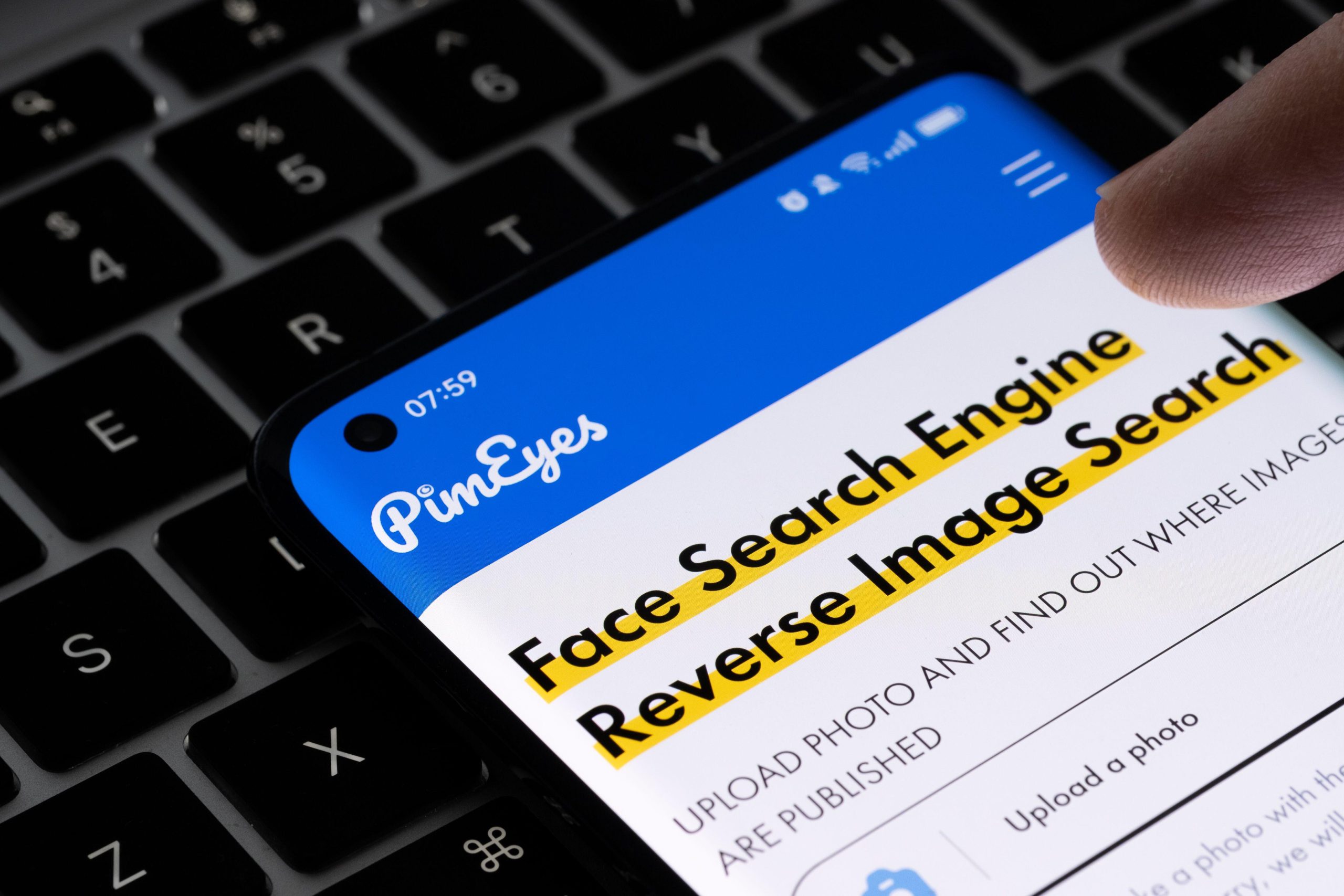The Emergence of PimEyes: A Controversial Tool for Digital Privacy
In today’s digital landscape, where the lines between privacy and public persona are increasingly blurred, a website known as PimEyes has recently garnered attention for its innovative, yet controversial technology. Marketed as a powerful face search engine, PimEyes offers users the ability to upload a photograph and uncover a multitude of other images featuring the same individual across the internet. This capability has led to it being nicknamed a “stalker’s dream,” sparking debates about the ethical implications of such technology and its potential impact on personal privacy. The emergence of such tools has forced society to confront profound questions regarding individual rights, the nature of consent in a digital world, and the responsibilities of technology developers.
The Mechanics of PimEyes
PimEyes operates utilizing advanced facial recognition algorithms to conduct reverse image searches. Users simply upload an image, and the site scours the web to identify any other instances of that image, ultimately providing a list of links and locations where similar images can be found. This technology is not without its flaws; while it often yields rapid results, the accuracy of the search can vary. Some users have reported receiving irrelevant or outdated images, raising questions about the reliability of the service.

For instance, a user hoping to track the use of a professional photo may receive unrelated images that do not even feature their likeness. This inconsistency can undermine trust in the service, particularly for individuals seeking to protect their online identity. Moreover, PimEyes highlights the growing complexity of digital image management in an age where images can be manipulated, altered, or taken out of context. The implications of this technology extend into numerous fields, including cybersecurity, personal branding, and even law enforcement, where accurate identification is crucial.
Public Reception: A Double-Edged Sword
The public reaction to PimEyes has been drastically mixed. Many users regard it as a valuable resource for reclaiming their digital identity, particularly in instances where their images have been used without consent. One user stated, “I find it to be one of the best tools for identifying who is using my face without permission. I can then take appropriate actions, like sending takedown notices.” This sentiment highlights the website’s utility for individuals concerned about unauthorized use of their images, especially in a world where online presence often dictates reputation and livelihood. However, the service has also attracted criticism for its potential to be misused. Some individuals have expressed concerns that PimEyes could empower stalkers or cyberbullies, granting them the means to invade the privacy of unsuspecting victims. In this regard, PimEyes serves as a prime example of the dual-edged nature of technology, where capabilities intended to protect privacy can also be weaponized against individuals. The need for a broader public conversation about the responsible use of such technologies cannot be overstated, as many users are unaware of the potential risks they face when engaging with these tools.

Privacy Concerns and Ethical Dilemmas
However, as with many technologies that push the boundaries of privacy, PimEyes has raised significant ethical concerns. Critics argue that the site can facilitate stalking and harassment, allowing ill-intentioned individuals to track the whereabouts and activities of others based solely on publicly available images. The chief executive of PimEyes, Giorgi Gobronidze, attempted to mitigate these fears by stating that the service exclusively searches for publicly posted images, thus ensuring that users can only access information already available on the open internet. Nevertheless, this assurance does little to calm those wary of the potential misuse of such a powerful tool. The ethical implications extend into discussions of data ownership and consent. When images are shared online, often without proper permissions, the question arises: who owns the rights to these images? The ability to trace the digital footprint of individuals raises serious concerns regarding personal sovereignty over one’s likeness, further complicating the already murky waters of privacy rights in the digital age. This dilemma underscores the urgent need for comprehensive legislation that protects individuals in an increasingly interconnected world.
The Future of Digital Privacy
The implications of PimEyes extend beyond the immediate concerns of individual privacy. This technology signals a broader shift in how personal data is accessed and processed in the digital realm. As facial recognition technology continues to evolve, it prompts critical questions about consent, ownership, and the extent to which individuals can control their digital footprints. The existence of features like an ‘opt-out’ option, which allows users to remove their images from PimEyes’ search index, reflects a growing awareness of the need for privacy safeguards, yet it also underscores the precariousness of personal data in our hyper-connected society. Moreover, the increasing reliance on algorithms to govern our digital interactions means that users must be more vigilant than ever about how their data is utilized. The potential for abuse is significant, as seen in various high-profile cases involving data breaches and unauthorized surveillance. As such, the call for a paradigm shift in the regulation of digital privacy is becoming louder, with advocates pushing for stricter controls on how technology companies handle personal information.
Conclusion: Navigating a New Digital Terrain
As technology progresses, our understanding and management of privacy must adapt accordingly. Tools like PimEyes are at the forefront of this challenge, providing both opportunities for empowerment and risks of exploitation. It is crucial for users to remain informed about the functionalities and limitations of such platforms, as well as the broader implications of their use. As the discourse surrounding digital privacy continues to evolve, it is evident that finding a balance between innovation and personal security will be one of the defining challenges of the information age. Ultimately, the conversation around tools like PimEyes serves as a reminder that as we forge ahead in the digital era, our collective responsibility includes advocating for ethical technology usage and robust privacy protections. Only through proactive engagement can society hope to harness the benefits of technological advancements while safeguarding personal rights in an increasingly complex digital landscape.

















